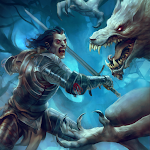When I first sat down to play developer MercurySteam's latest project, Blades of Fire, I anticipated a return to the studio's roots with the Castlevania: Lords of Shadow series, infused with the modern flair of God of War. However, after an hour into the game, I found myself immersed in what felt like a Soulslike experience, albeit with a unique twist where all the stats are focused on the weapons rather than an RPG character sheet. By the end of the three-hour hands-on session, I realized that Blades of Fire is a game that builds upon familiar elements but combines them in a way that creates a fresh and compelling approach to the action-adventure genre.
At first glance, Blades of Fire might remind you of Sony Santa Monica's God of War, with its dark fantasy setting, heavy-hitting combat, and a third-person camera that keeps you close to the action. There are numerous parallels, such as navigating a maze-like map filled with treasure chests, accompanied by a young companion who aids in puzzle-solving. Together, we embarked on a quest to find a woman of the wilds, whose home is mounted atop a giant creature. The game also borrows elements from FromSoftware's library, including anvil-shaped checkpoints that not only refill your health potions but also respawn enemies.
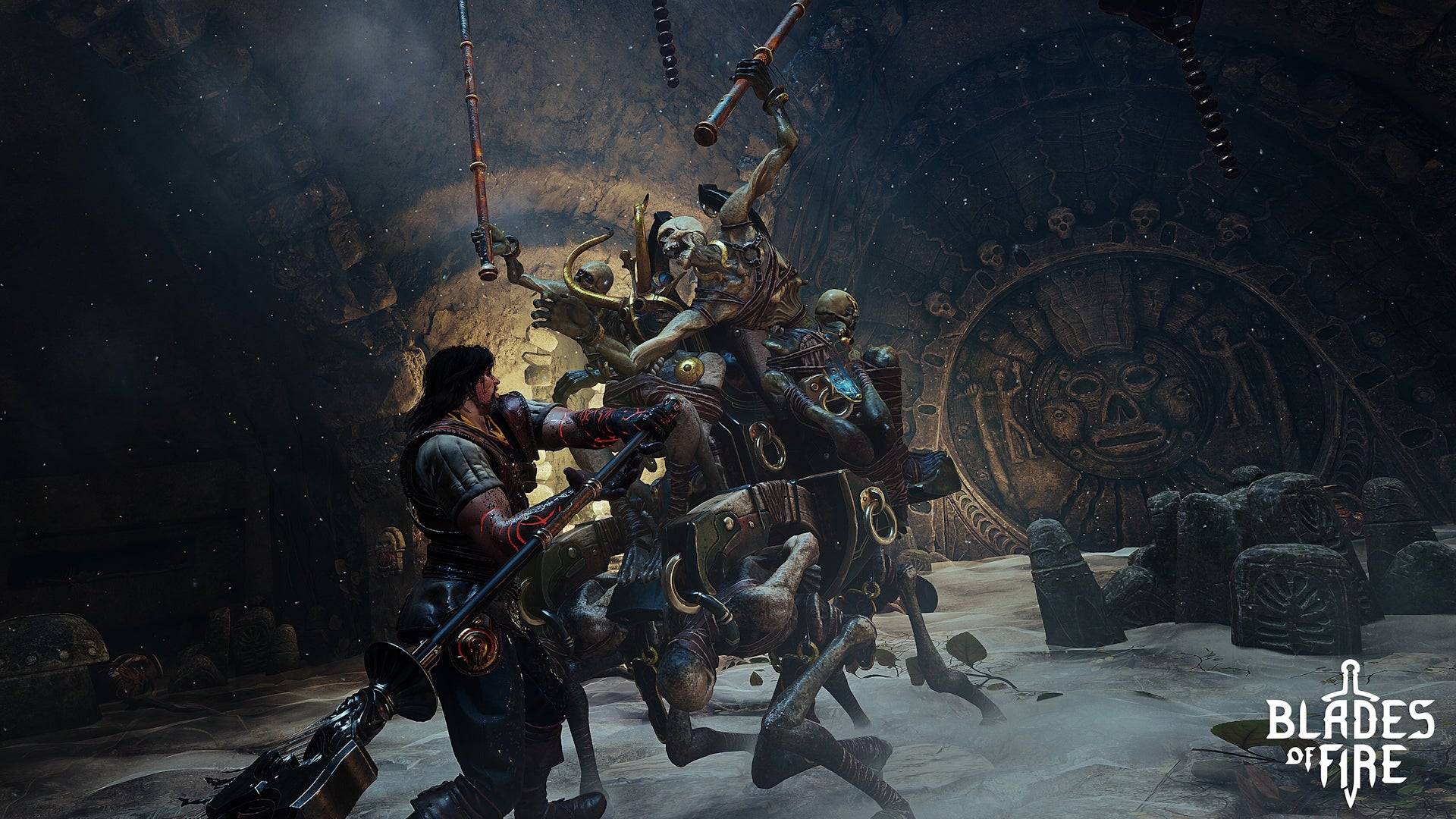
The game's world evokes a nostalgic 1980s fantasy vibe, where characters like Conan the Barbarian would fit right in among the muscular soldiers, and bizarre enemies reminiscent of Jim Henson's Labyrinth bounce around on bamboo pogo sticks. The narrative has a retro feel as well, with an evil queen turning steel into stone, and you, as Aran de Lira, a blacksmith demigod, tasked with defeating her to restore the world's metal. While the setting and premise have a charming old-school appeal, the story, characters, and writing may not be as engaging as one might hope, feeling somewhat reminiscent of the often overlooked narratives from the Xbox 360 era.
Blades of Fire shines brightest in its mechanics, particularly its combat system. It utilizes directional attacks mapped to every face button on the controller. On a PlayStation pad, for instance, triangle targets the head, cross the torso, while square and circle swipe left and right. By carefully observing an enemy's stance, you can break through their defenses. For example, a soldier guarding their face can be defeated by aiming low and striking their gut, resulting in satisfyingly visceral effects with blood erupting from the wounds.
The combat system truly excels during boss fights, such as the demo's first major encounter with a slobbering troll. This troll has a second health bar that can only be damaged after dismembering it, with the limb removed depending on your attack angle. You can even sever the troll's face, leaving it blind and flailing until it regenerates its eyes. This adds a strategic layer to the combat, making it both challenging and rewarding.
Weapons in Blades of Fire require significant attention, much more than in most games. They dull with use, reducing damage over time, necessitating the use of a sharpening stone or switching stances, as the edge and tip wear down independently. When a weapon shatters, you can repair it at an anvil checkpoint or melt it down to craft a new one, which leads to the game's most innovative feature: the forge.
Blades of Fire Screenshots
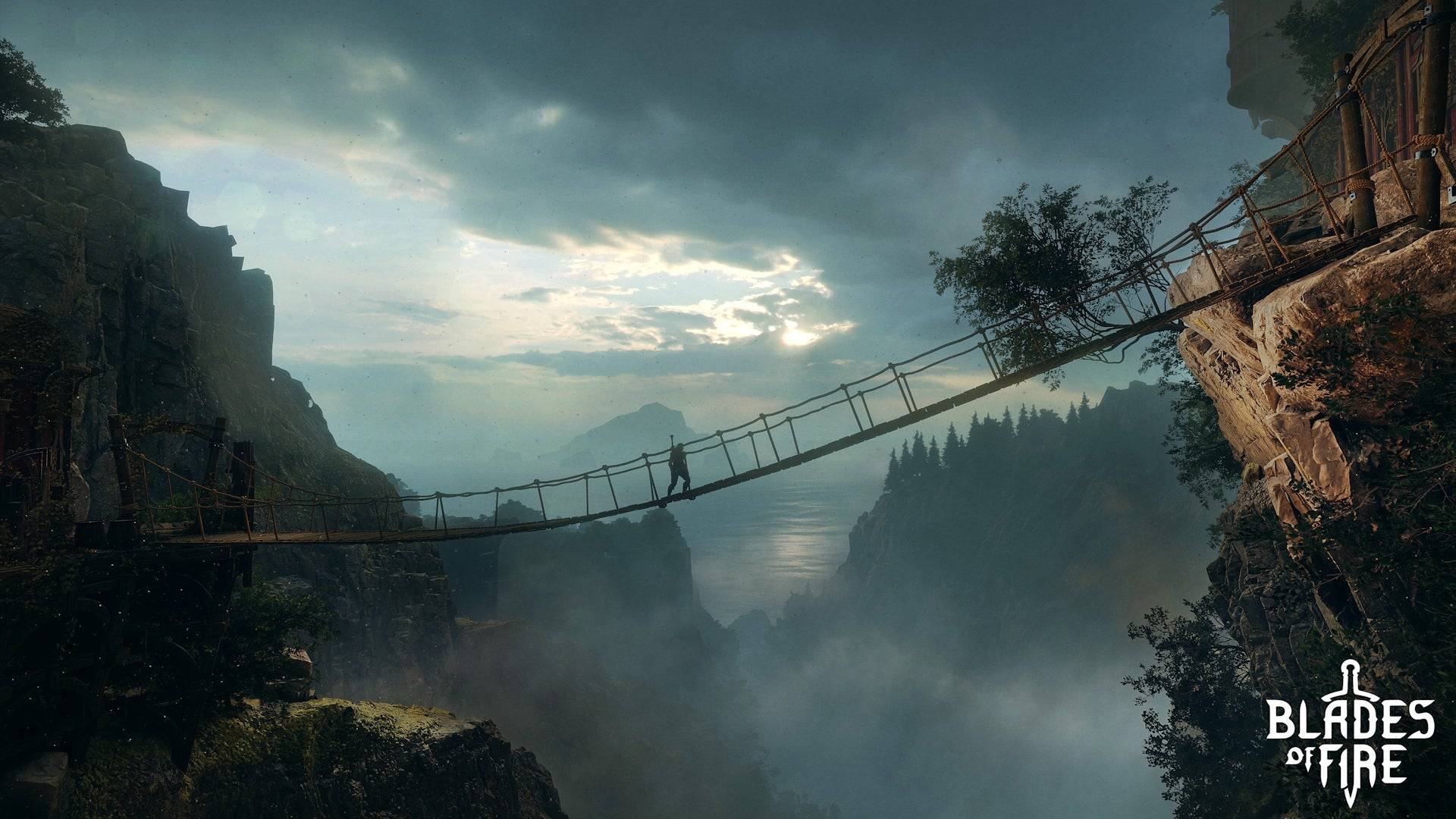
 9 Images
9 Images
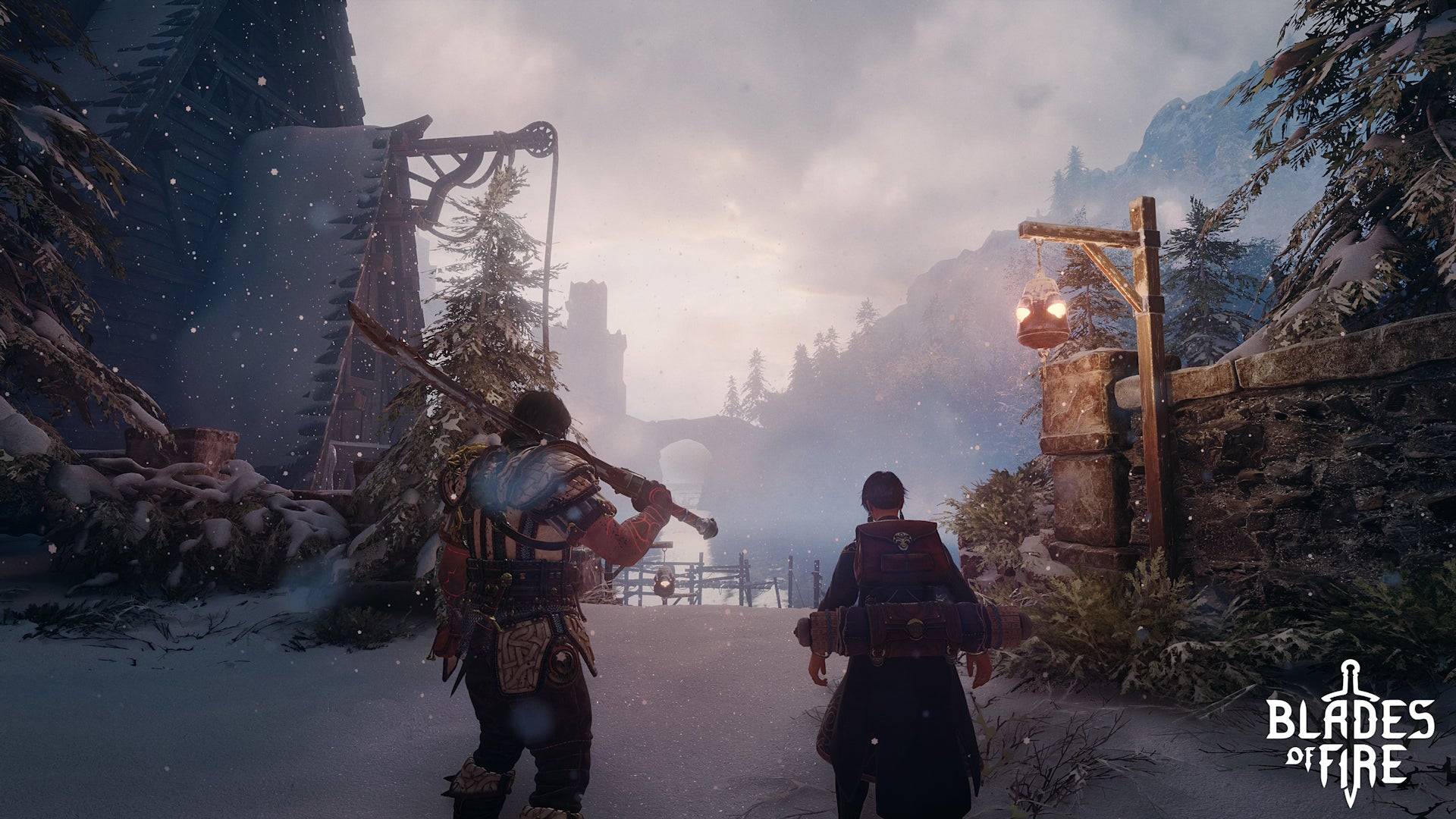
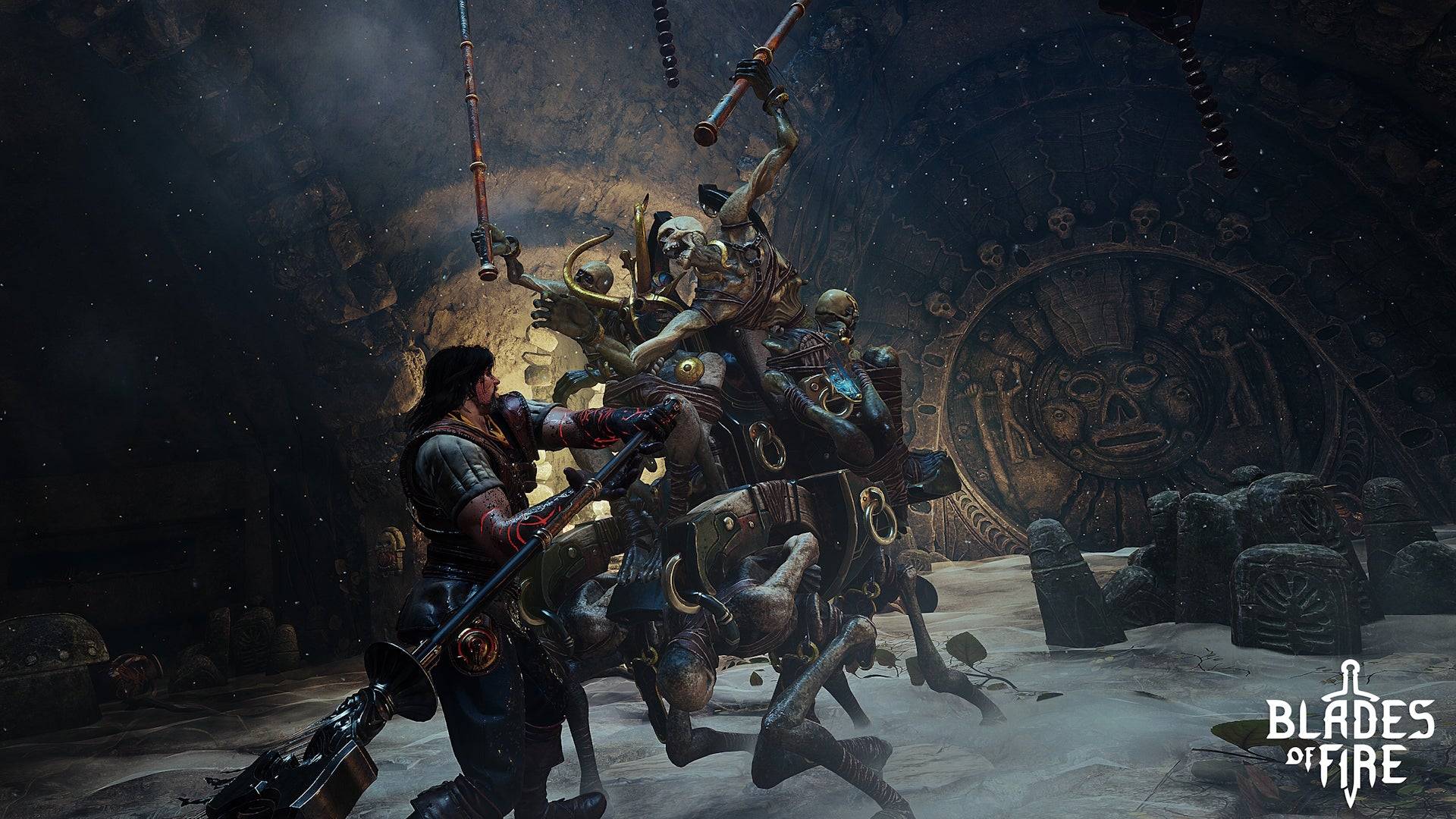

The forge system is extensive, allowing you to start with a basic weapon template and customize it extensively. For example, when designing a spear, you can adjust the pole's length and the spearhead's shape, which affects the weapon's stats and stamina demands. After designing your weapon, you must physically hammer out the metal on an anvil through a minigame that requires you to match a curved line with vertical bars, aiming to achieve the ideal shape in as few strikes as possible. The more stars you earn, the more repairs your weapon can withstand before it breaks permanently.

While the forge concept is intriguing, introducing a skill element to what is typically a menu-driven system, the minigame can be frustratingly obtuse. A clearer connection between the areas struck and the resulting metal shape, along with a better tutorial, could enhance this feature significantly.
MercurySteam aims for players to form a deep attachment to their crafted weapons, intending for them to last throughout a journey that spans "no less than 60-70 hours." As you explore and find new metals, you can reforge your weapons to enhance their properties, ensuring they remain effective against new challenges. The death system further emphasizes this bond; upon defeat, you drop your weapon and respawn without it, but it remains in the world for you to recover.
AnswerSee ResultsThis mechanic, inspired by Dark Souls, fosters a more meaningful connection with your weapons, as they are irreplaceable once lost. The challenge lies in recovering them, which adds an exciting layer to the gameplay. I'm eager to see how this dynamic unfolds over the entire campaign and whether backtracking will allow you to reconnect with weapons from earlier in the game.
MercurySteam's adoption of elements from Dark Souls and its siblings is understandable, given FromSoftware's influence on action games and the fact that Blades of Fire is a spiritual successor to Blade of Darkness, a game developed by MercurySteam's founders in the early 2000s. The developers are building upon their past work while incorporating advancements from other studios.

Throughout my playthrough, I felt the influence of MercurySteam's inspirations—the brutal combat of Blade of Darkness, the innovations of FromSoftware, and the world design of God of War. However, these influences do not define Blades of Fire. Instead, they are reinterpreted as part of a broader canvas of ideas, creating a unique recipe that sets the game apart from its inspirations.
While I have some concerns about the game's generic dark fantasy setting and the potential lack of variety in enemy encounters, the deep relationship between your forged blades and the challenges you face is incredibly intriguing. In an era where complex games like Elden Ring and Monster Hunter have become mainstream hits, Blades of Fire has the potential to offer something truly fascinating to the gaming community.






